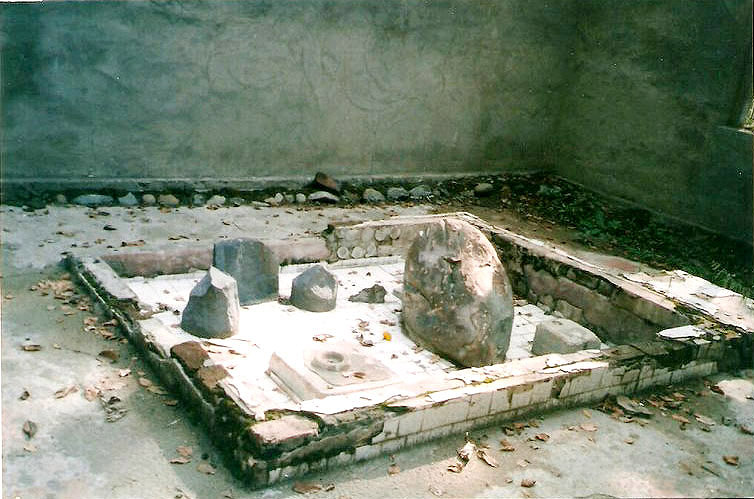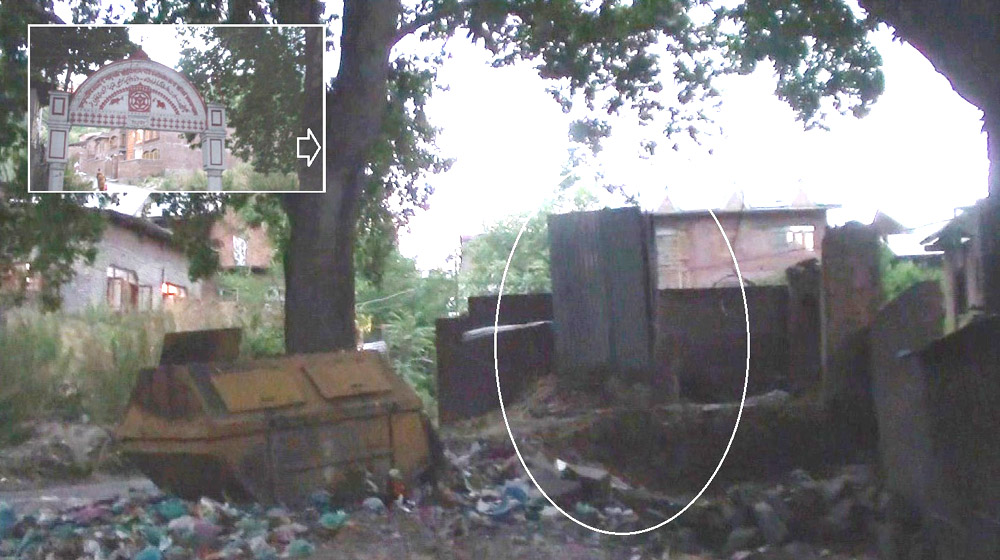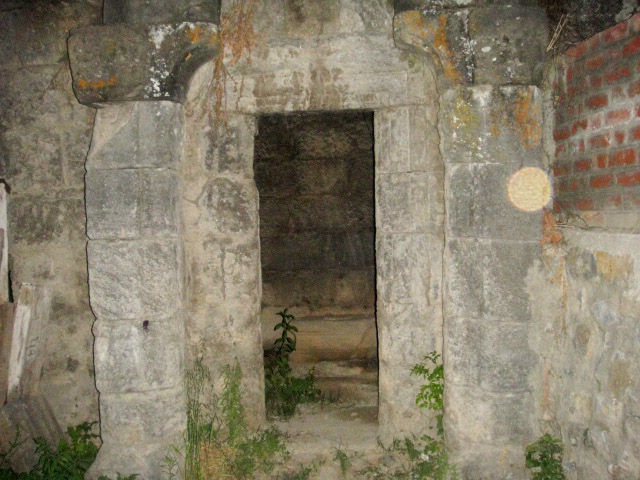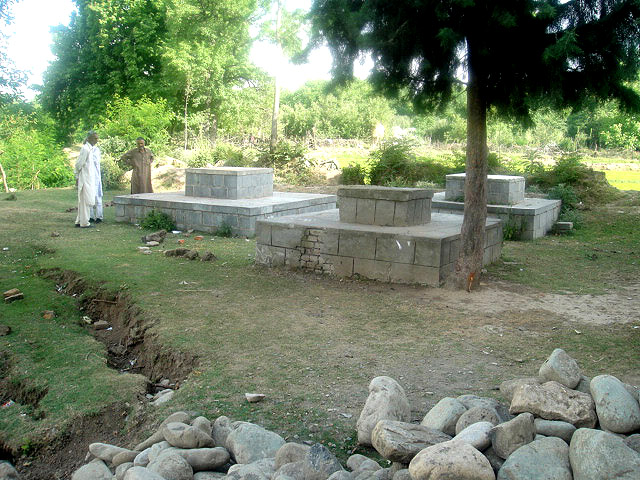Ashvamedha
Ashwamedha yagna of Yudhisthira
The best-known text describing the sacrifice is the Ashvamedhika Parva (Sanskrit: अश्वमेध पर्व), or the "Book of Horse Sacrifice," the fourteenth of eighteen books of the Indian epic poem Mahabharata. Krishna and Vyasa advise King Yudhishthira to perform the sacrifice, which is described at great length. The book traditionally comprises 2 sections and 96 chapters.[1][2] The critical edition has one sub-book and 92 chapters.[3][4]
The ritual is recorded as being held by many ancient rulers, but apparently only by two in the last thousand years. The most recent ritual was in 1741, the second one held by Maharajah Jai Singh II of Jaipur. The original Vedic religion had evidently included many animal sacrifices, as had the various folk religions of India. Brahminical Hinduism had evolved opposing animal sacrifices, which have not been the norm in most forms of Hinduism for many centuries. The great prestige and political role of the Ashvamedha perhaps kept it alive for longer.
The sacrifice
A
19th-century painting, depicting the preparation of army to follow the
sacrificial horse. Probably from a picture story depicting Lakshmisa's Jaimini Bharata
The horse to be sacrificed must be a white stallion with black spots. The preparations included the construction of a special "sacrificial house" and a fire altar. Before the horse began its travels, at a moment chosen by astrologers, there was a ceremony and small sacrifice in the house, after which the king had to spend the night with the queen, but avoiding sex.[9]
The next day the horse was consecrated with more rituals, tethered to a post, and addressed as a god. It was sprinkled with water, and the Adhvaryu, the priest and the sacrificer whispered mantras into its ear. A black dog was killed, then passed under the horse, and dragged to the river from which the water sprinkled on the horse had come. The horse was then set loose towards the north-east, to roam around wherever it chose, for the period of one year,[10] or half a year, according to some commentators. The horse was associated with the Sun, and its yearly course.[11] If the horse wandered into neighbouring provinces hostile to the sacrificer, they were to be subjugated. The wandering horse was attended by a herd of a hundred geldings, and one or four hundred young kshatriya men, sons of princes or high court officials, charged with guarding the horse from all dangers and inconvenience, but never impeding or driving it.[10] During the absence of the horse, an uninterrupted series of ceremonies was performed in the sacrificer's home.
After the return of the horse, more ceremonies were performed for a month before the main sacrifice. The king was ritually purified, and the horse was yoked to a gilded chariot, together with three other horses, and Rigveda (RV) 1.6.1,2 (YajurVeda (YV) VSM 23.5,6) was recited. The horse was then driven into water and bathed. After this, it was anointed with ghee by the chief queen and two other royal consorts. The chief queen anointed the fore-quarters, and the others the barrel and the hind-quarters. They also embellished the horse's head, neck, and tail with golden ornaments. After this, the horse, a hornless he-goat, and a wild ox (go-mrga, Bos gaurus) were bound to sacrificial stakes near the fire, and seventeen other animals were attached to the horse. A great number of animals, both tame and wild, were tied to other stakes, according to one commentator, 609 in total. The sacrificer offered the horse the remains of the night's oblation of grain. The horse was then suffocated to death.[10]
The chief queen ritually called on the king's fellow wives for pity. The queens walked around the dead horse reciting mantras. The chief queen then had to spend a night with the dead horse.[12]
On the next morning, the priests raised the queen from the place. One priest cut the horse along the "knife-paths" while other priests started reciting the verses of Vedas, seeking healing and regeneration for the horse.[13]
The Laws of Manu refer to the Ashvamedha (V.53): "The man who offers a horse-sacrifice every day for a hundred years, and the man who does not eat meat, the two of them reap the same fruit of good deeds."[14]
On Gupta coins
One type of the gold coins of the Gupta Empire kings Samudragupta (reigned c. 350-370 CE) and Kumaragupta (reigned c. 415-455 CE) commemorates their Ashvamedha sacrifices. The obverse shows the horse anointed and decorated for sacrifice, standing in front of a Yūpa sacrificial post, and is inscribed "The king of kings who has performed the Vajimedha sacrifice wins heaven after protecting the earth". The reverse shows a standing figure of the queen, holding a fan and a towel, and is inscribed "Powerful enough to perform the Ashvamedha sacrifice".[15]- Samudragupta, Ashvamedha horse
Similar sacrifices elsewhere
Many Indo-European branches show evidence for horse sacrifice, and comparative mythology suggests that they derive from a Proto-Indo-European ritual. Most appear to be funerary practices associated with burial, but for some other cultures there is tentative evidence for rituals associated with kingship. The Ashvamedha is the clearest evidence preserved, but vestiges from Latin and Celtic traditions allow the reconstruction of a few common attributes.A similar ritual is found in Celtic tradition in which the king in Ireland conducted a rite of symbolic marriage with a sacrificed horse.[12] The October Horse Roman horse sacrifice was an annual event, and apparently the only time horses were sacrificed, rather than cattle or smaller animals.[16]
Horse sacrifices were performed among the ancient Germans, Armenians, Iranians,[17] Chinese, Greeks,[18] among others.
List of performers
Sanskrit epics and Puranas mention numerous legendary performances of the horse sacrifice.[19] For example, according to the Mahabharata, Emperor Bharata performed a hundred Ashvamedha ceremonies on the banks of Yamuna, three hundred on the banks of Saraswati and four hundred on the banks of the Ganga. He again performed a thousand Ashvamedha on different locations and a hundred Rajasuya.[20] Following the vast empires ruled by the Gupta and Chalukya dynasties, the practice of the sacrifice diminished remarkably.[5]The historical performers of Ashvamedha include:
| Monarch | Reign | Dynasty | Source |
|---|---|---|---|
| Pushyamitra Shunga | 185-149 BCE | Shunga | Ayodhya inscription of Dhanadeva and Malavikagnimitra of Kalidasa[21] |
| Sarvatata | 1st century BCE | Gajayana | Ghosundi and Hathibada inscriptions.[21] Some scholars believe Sarvatata to be a Kanva king, but there is no definitive evidence for this.[22] |
| Devimitra | 1st century BCE | Unknown | Musanagar inscription[21] |
| Satakarni I | 1st or 2nd century CE | Satavahana | Nanaghat inscription mentions his second Ashvamedha[23][21] |
| Vasishthiputra Chamtamula | 3rd century CE | Andhra Ikshvaku | Records of his son and grandson[24] |
| Shilavarman | 3rd century CE | Varshaganya | Jagatpur inscriptions mention his fourth Ashvamedha[21] |
| Pravarasena I | c. 270 – c. 330 CE | Vakataka | Inscriptions of his descendants state that he performed four Ashvamedha sacrifices[25] |
| Bhavanaga | 305-320 CE | Nagas of Padmavati | The inscriptions of Vakataka relatives of the Nagas credit them with 10 horse-sacrifices, although they do not name these kings.[21][24] |
| Vijaya-devavarman | 300-350 CE | Shalankayana | Ellore inscription[25][26] |
| Shivaskanda Varman | 4th century CE | Pallava | Hirahadagalli inscription[25] |
| Kumaravishnu | 4th century CE | Pallava | Omgodu inscription of his great-grandson[25] |
| Samudragupta | c. 335/350-375 CE | Gupta | Coins of the king and records of his descendants[25][27] |
| Kumaragupta I | 414 – 455 CE | Gupta | [28] |
| Madhava Varman | 440-460 CE | Vishnukundina | [24] |
| Dharasena | 5th century CE | Traikutaka | [26] |
| Krishnavarman | 5th century CE | Kadamba | [26] |
| Narayanavarman | 494–518 CE | Varman | Legend of Bhaskaravarman's seals[29] |
| Bhutivarman | 518–542 CE | Varman | Barganga inscription[29] |
| Pulakeshin I | 543–566 CE | Chalukyas of Vatapi | [30] |
| Sthitavarman | 565–585 CE | Varman | [31] |
| Pulakeshin II | 610–642 CE | Chalukyas of Vatapi | [24] |
| Madhavaraja II (alias Madhavavarman or Sainyabhita) | c. 620-670 CE | Shailodbhava | Inscriptions[32][29] |
| Simhavarman (possibly Narasimhavarman I) | 630-668 CE | Pallava | The Sivanvayal pillar inscription states that he performed ten Ashvamedhas[25] |
| Adityasena | 655-680 CE | Later Gupta | Vaidyanatha temple (Deoghar) inscription[29] |
| Madhyamaraja I (alias Ayashobhita II) | c. 670-700 CE | Shailodbhava | Inscriptions;[33] one interpretation of the inscriptions suggests that he merely participated in the Ashvamedha performed by his father Madhavaraja II[29] |
| Dharmaraja (alias Manabhita) | c. 726-727 CE | Shailodbhava | Inscriptions; one interpretation of the inscriptions suggests that he merely participated in the Ashvamedha performed by his grandfather Madhavaraja II[29] |
| Rajadhiraja Chola | 1044–1052 CE | Chola | [34] |
| Jai Singh II | 1734 and 1741 CE | Kachwahas of Jaipur | Ishvaravilasa Kavya by Krishna-bhatta, a participant in Jai Singh's Ashvamedha ceremony and a court poet of his son Ishvar Singh[35][36] |
- The Dhanadeva-Ayodhya inscription, 1st century BCE, mentions two Ashvamedha rituals by Pushyamitra in the city of Ayodhya.[37]
In Hindu revivalism
The horse Shyamakarna on the bank of Lake Dudumbhi, illustrating Jaimini's commentary on Ashvamedha, 19th century, Maharashtra
the word in the sense of the Horse Sacrifice does not occur in the Samhitas [...] In the terms of cosmic analogy, ashva s the Sun. In respect to the adhyatma paksha, the Prajapati-Agni, or the Purusha, the Creator, is the Ashva; He is the same as the Varuna, the Most Supreme. The word medha stands for homage; it later on became synonymous with oblations in rituology, since oblations are offered, dedicated to the one whom we pay homage. The word deteriorated further when it came to mean 'slaughter' or 'sacrifice'.[40]He argues that the animals listed as sacrificial victims are just as symbolic as the list of human victims listed in the Purushamedha.[40] (which is generally accepted as a purely symbolic sacrifice already in Rigvedic times).
All World Gayatri Pariwar since 1991 has organized performances of a "modern version" of the Ashvamedha where a statue is used in place of a real horse, according to Hinduism Today with a million participants in Chitrakoot, Madhya Pradesh on April 16 to 20, 1994.[41] Such modern performances are sattvika Yajnas where the animal is worshipped without killing it,[42] the religious motivation being prayer for overcoming enemies, the facilitation of child welfare and development, and clearance of debt,[43] entirely within the allegorical interpretation of the ritual, and with no actual sacrifice of any animal.
Reception
The earliest recorded criticism of the ritual comes from the Cārvāka, an atheistic school of Indian philosophy that assumed various forms of philosophical skepticism and religious indifference. A quotation of the Cārvāka from Madhavacharya's Sarva-Darsana-Sangraha states: "The three authors of the Vedas were buffoons, knaves, and demons. All the well-known formulae of the pandits, jarphari, turphari, etc. and all the obscene rites for the queen commanded in Aswamedha, these were invented by buffoons, and so all the various kinds of presents to the priests, while the eating of flesh was similarly commanded by night-prowling demons."[44]According to some writers, ashvamedha is a forbidden rite[according to whom?] for Kaliyuga, the current age.[45][46]
This part[which?] of the ritual offended the Dalit reformer and framer of the Indian constitution B. R. Ambedkar and is frequently mentioned in his writings as an example of the perceived degradation of Brahmanical culture.[47]
While others such has Manohar L. Varadpande, praised the ritual as "social occasions of great magnitude".[48] Rick F. Talbott writes that "Mircea Eliade treated the Ashvamedha as a rite having a cosmogonic structure which both regenerated the entire cosmos and reestablished every social order during its performance.




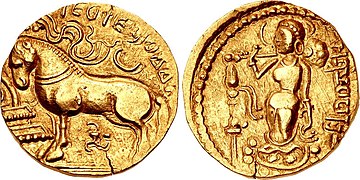












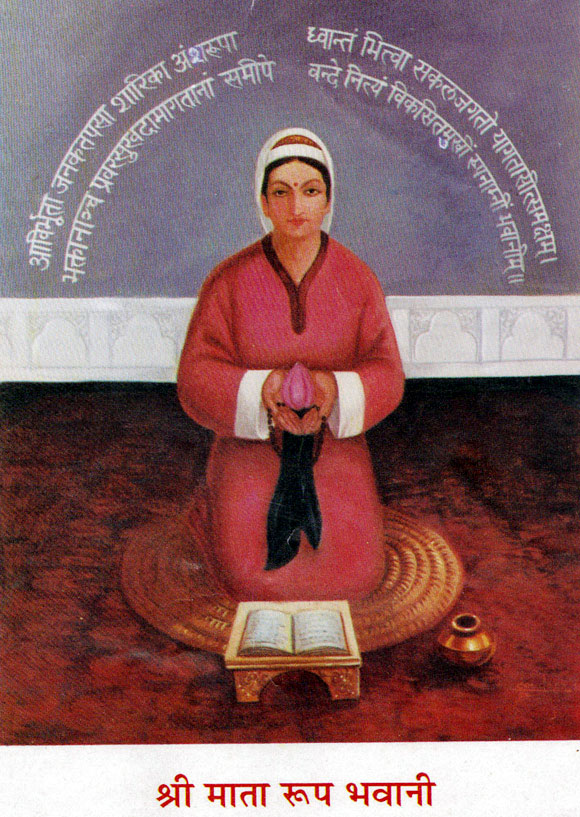
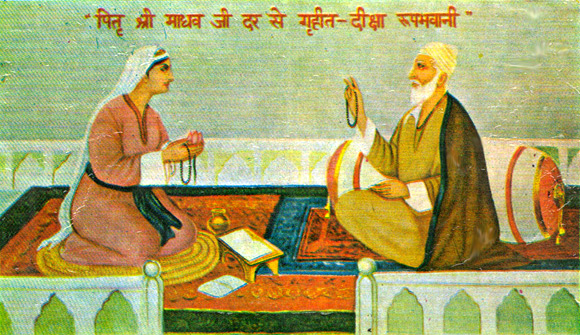
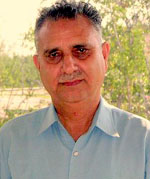 *Dr. Chaman Lal Raina
is an Author & Researcher in Indic Studies, Fellow CSS, Florida
International University. He did Masters in Hindi & English. Ph.D.
in Hindi & Iqbaliat at the University of Kashmir. Worked on the
research project at the Iqbal Institute for writing monographs on
Indology as Research Associate. Worked as lecturer to teach research
methodology in Iqbal Institute, University of Kashmir. Dr. Raina's first
love is for the Vedas and the Shakti Tradition of India. To his credit
goes some ten books on Indology. He was awarded Nagmani Fellowship,
Buddhist Fellowship etc. from various Institutions. Presently Dr. Raina
is associated with the Yoga Studies, religion and sanskrit at Florida
International University, USA.
*Dr. Chaman Lal Raina
is an Author & Researcher in Indic Studies, Fellow CSS, Florida
International University. He did Masters in Hindi & English. Ph.D.
in Hindi & Iqbaliat at the University of Kashmir. Worked on the
research project at the Iqbal Institute for writing monographs on
Indology as Research Associate. Worked as lecturer to teach research
methodology in Iqbal Institute, University of Kashmir. Dr. Raina's first
love is for the Vedas and the Shakti Tradition of India. To his credit
goes some ten books on Indology. He was awarded Nagmani Fellowship,
Buddhist Fellowship etc. from various Institutions. Presently Dr. Raina
is associated with the Yoga Studies, religion and sanskrit at Florida
International University, USA.

